Estonia 168 Baby Grand Piano
-
The Estonia 168 Grand Piano is regarded as one of the top value, hand-made baby grand pianos on the piano market today. It’s 5’6″ in length and a great size for homes, smaller teaching studios, and entertainment spaces. The pianos are made in the small republic in Northern Europe called Estonia, and feature some of the highest-grade materials and craftsmanship out there, at a remarkable price. Estonia pianos have developed somewhat of an online cult following and although the factory only puts out about 300 pianos a year, the 168 models being the smallest, is also the most popular one.
Description
Product Overview
The name ‘Estonia‘ first began appearing on pianos in 1950 after the then Estonian communication government consolidated all 20 of the region’s piano makers and selected the most prominent and internationally recognized of them: Ernst Hiis-Ihse to lead the ‘Estonia piano project’. Ernst studied piano making at the Hamburg Steinway and Bluthner factories in the late 1800s, and his pianos became very popular in Eastern Europe, with an impressive 7,400 concert grands being made. After Ernst Hiis-Ihse passing in 1964, the company continued to be state-owned until 1994 (Estonia achieved its independence in 1991) and the managers and employees became owners. From there, Dr. Indrek Laul, a Julliard Ph.D. graduate and Estonian recording artist began buying shares of the company, and in 2001 became the sole owner of Estonia pianos. The Estonia piano factory puts out about 300 grand pianos per year all made with the highest quality materials, design, and attention to detail.
The Estonia 168 piano model is 168 cm or 5’6″ in length and is the company’s smallest new piano. By size, this piano can be categorized as a baby grand, but with your eyes closed, it sounds far larger than it actually is. This will be a nice relief for situations where space is limited, but also for situations where the budget is a factor, since this piano clocks in around where a larger Kawai or Yamaha would, and many a player would sacrifice the size for a higher quality piano and a more musical playing experience.
The material selection and ‘spec list’ in the Estonia 168 are remarkable, especially considering its price point. Among many features, the list includes: sand-cast iron plates, incredibly thick rims and made of laminated birch, European Solid Spruce Soundboards, hand-wound German bass strings, Premium Full German Renner Actions with Renner’s highest quality hammers: Renner Blue, and pinblocks made of red beech.
Many argue that the Estonia model 168 is the top value small European hand-made grand on the market. Of the 200-300 grand pianos which this wonderful organization puts out each year, this one is the smallest and most popular.
Action
The action inside the Estonia 168 grand piano is the Premium Renner Action from Germany. Many of the world’s best and most expensive pianos use this action, and in the 168 Estonia, it is beautifully regulated and perfected, key by key, to meet the strict tolerances of both the craftspeople as well as the Laul family. The hammers are Renner’s top ‘Renner Blue’ hammers, which offer the best wool and longevity/voicing potential. The spruce keys are made in the Estonia factory and shaped to perfection, while the key tops are made in Germany by Kluge
Tone
The Estonia 168, like all Estonia pianos, is handcrafted to perfection with among the primary few goals being tone – clarity, colour, and projection. The 168 covers a very wide tonal spectrum for an instrument of its size, and what’s most shocking is the evenness of tone through the range of the piano, particularly in the ‘bass break’ (where the strings switch from the bass bridge to the treble bridge). The tone of Estonia pianos can be described as full, warm, and vocal-like, and also offers the player a very wide dynamic range.
Hammers
Like all Estonia grand pianos, the 168 receives the highest quality German Renner Hammers available – Renner Blue. The felt on these hammers is excellent and offers tons of voicing potential. The hammers are voiced many times to perfection at the Estonia factory and each piano genuinely winds up with its own tonal character
Soundboard
Estonia’s Model 168 receives a soundboard made of the highest quality European Spruce which is imported from Germany. The spruce is solid spruce and is both clear grade and specially selected. The soundboard surface area on the Estonia 168 is 13.46 square feet or 1.25 square meters
Cabinet
The cabinetry on Estonia’s Model 168 is top-notch and goes head to head with ‘Tier 1’ piano cabinets. They are finished to perfection, feature a gorgeous bird’s eye maple finish on the inner rim, and are overall very characteristically European. The Estonia 168 is available in eight gorgeous finishes, with the two most popular being of course the Polished Ebony, and well as a finish they call ‘Hidden Beauty’, which is a combination of Polished Ebony and Bubinga
Specs
| Length | 5'6 in (168 cm) |
| Width | 5'0 in (152 cm) |
| Height | 3'4 in (101,5 cm) |
| Weight | 767 lb (348 kg) |
| Finishes: | Polished Ebony, Polished Mahogany/Walnut, Polished Kewazinga Bubinga, Polished Pyramid Mahogany, Polished Palisander Rosewood, Polished White, 'Hidden Beauty' Polished Ebony w/ Bubinga |
| Warranty | Five Year Warranty applicable to original purchaser |
Reviews (0)
Be the first to review “Estonia 168 Baby Grand Piano” Cancel reply
You must be logged in to post a review.
You may also like…
Schimmel Grand Pianos
Estonia Grand Pianos
Grand Pianos
Estonia Grand Pianos
Grand Pianos
Schimmel Grand Pianos
Estonia Grand Pianos
Estonia Grand Pianos
Related products
Grand Pianos
Grand Pianos
Grand Pianos
Grand Pianos
Grand Pianos
Grand Pianos
Grand Pianos
Grand Pianos
Grand Pianos
Grand Pianos
Grand Pianos
Grand Pianos

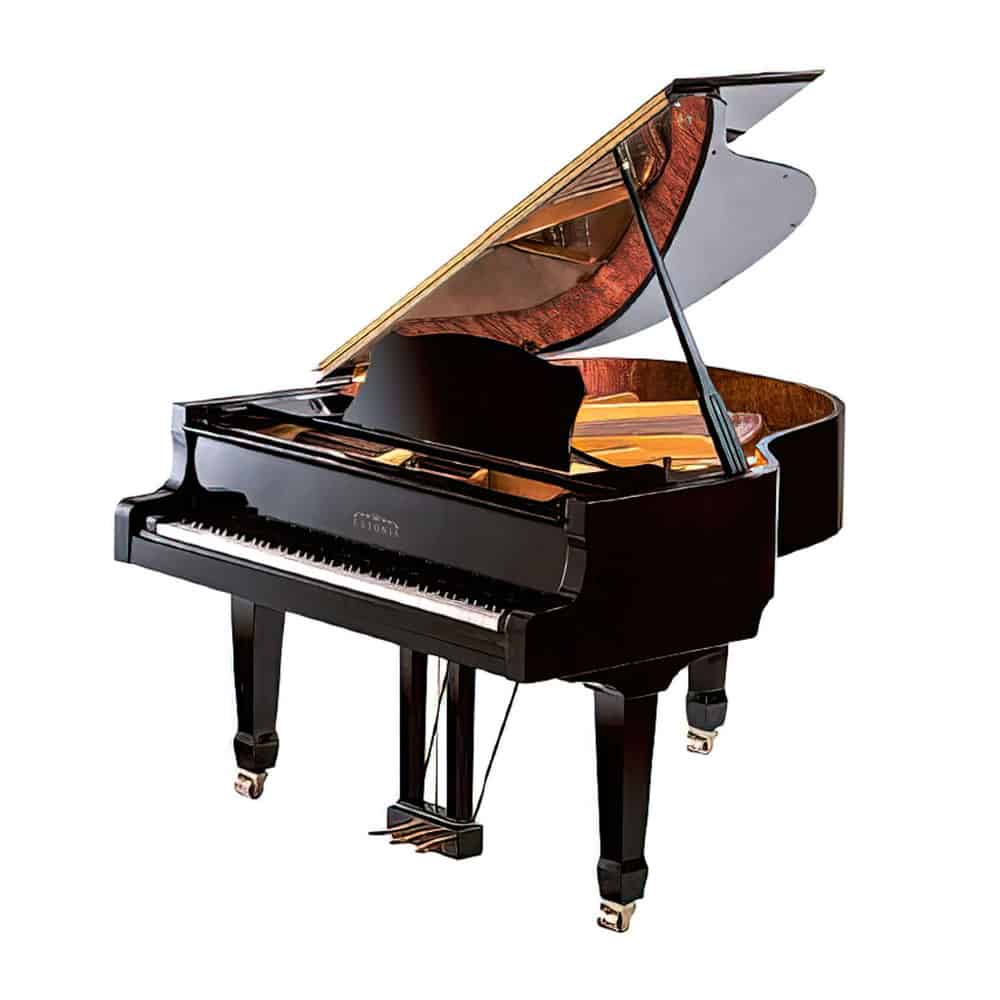
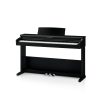

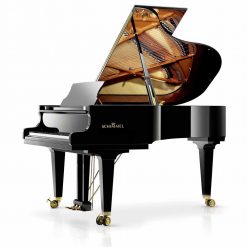






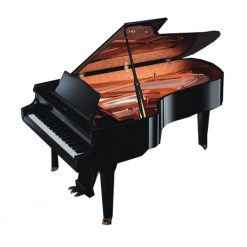

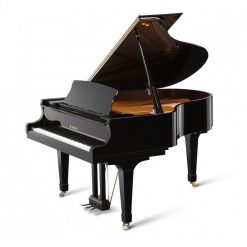

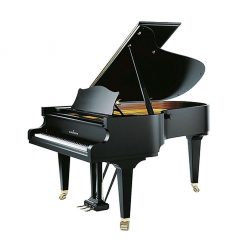


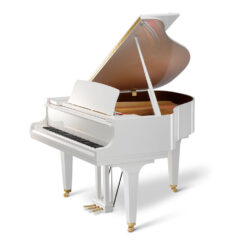


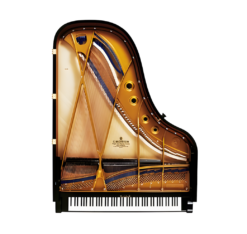

Reviews
There are no reviews yet.